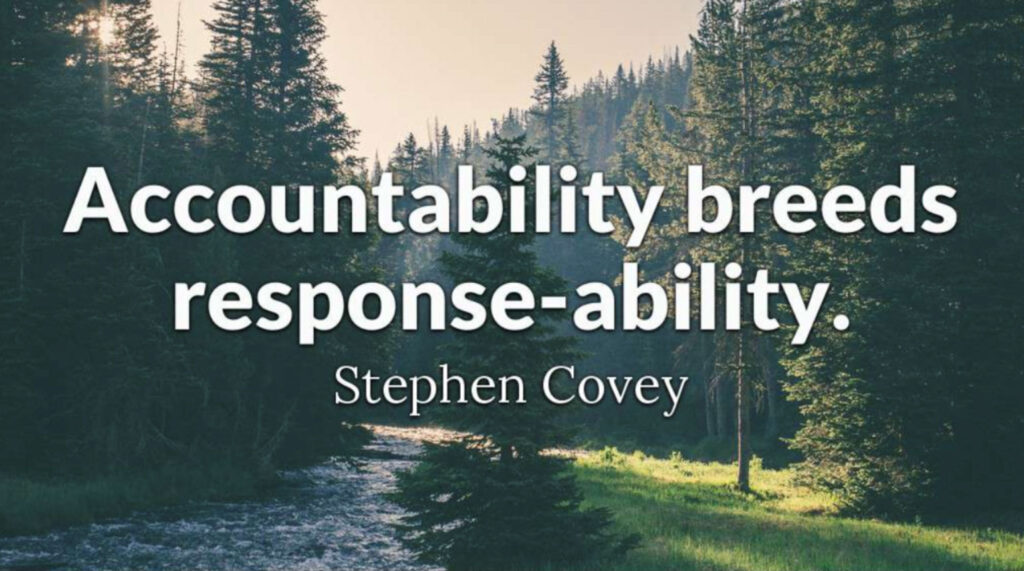11 Apr Disaster within a disaster – Call for a CDEM Commissioner

In times of crisis, there are people who just stand up and do what has to be done. In our latest flood disaster, there are amazing stories of bravery and generosity being recounted throughout our communities. At the height of the emergency, numerous men and women spontaneously disregarded their own safety and in some cases their chain of command, to rescue those facing near certain death in raging torrents. Others, equally heroic, stepped in unaided, to provide comfort and generous support in the aftermath. The overwhelming sense of our traumatised communities is that at a critical time in this disaster, they were alone; that their communities were not protected and that early warnings were either not given or came too late.
Evacuations are perceived to have been chaotic with no apparent functional chain of command. But for the defiance and bravery of a few taking their own initiative, many more people would have died. Communities cut off without roads, power or communications for days and weeks compounded the severity and impacts on the region. In the face of so many apparent short-comings in this disaster, there are obvious questions to be asked about the performance of the region’s civil defence and emergency management (CDEM). CDEM Performance The central brief for CDEM is to protect lives when disaster strikes. The imperative is to identify hazards, mitigate risks and ensure an effective emergency response plan is in place.
Over the past decade, CDEM reports identify flooding as the most widespread and frequent hazard within the region. CDEM acknowledges in its plans, that flood warning management and research play critical roles in helping to achieve protection of human life and safety. As far back as 2012, a Joint Hazard Strategy identified serious gaps in the region’s flood management capability. Absent from the various publicly available reports and committee proceedings since that time, is anything like due diligence in research, risk assessment and emergency response planning for floods as the region’s biggest hazard. A 2019 CDEM capability report, sent a clear warning to the Joint Committee about its vulnerabilities. The report highlighted an over-centralised structure and inconsistent risk management plans. The report required an immediate review of operating procedures. The report in particular, identified risk around the effectiveness of CDEM’s lifeline planning and capability. Following the report, there is no record of a flood warning risk assessment taking place. Nor are there assessment records of other vital lifelines such as cell tower vulnerabilities, emergency backup communications, or threats to the road network and bridges.
There is no publicly available evidence that CDEM assessed the risk to the region’s power supply or advocacy for relocation of the Redclyffe substation. An alert system review came up with the brilliant idea to replace the old siren and ‘stinger’ mobile alert technology, with a fully cell phone-based system. Siren alerts were seen as no longer fit for purpose. The obvious problem with cell phone alerts, is the vulnerability to the cellular network crashing. The decision by CDEM to adopt this approach abandoning back-up options, is extraordinary in the absence of considering the risks associated with a cellular system.
The 2020 Napier flood event raised a further red flag around the CDEM command and control structure. A report to CDEM identified a duck cluster occurring between the coordinating executive group, local emergency centre and fire and emergency services. The report highlighted a lack of consultation, coordination and cooperation. Responsibility and Accountability CDEM is governed by a joint standing committee of local councils.
Our mayor’s and regional council chairperson are responsible and accountable for the performance of the CDEM Joint Committee. Our region’s leaders carry an extra burden of responsibility as they have fully delegated authority to vote and make decisions without recourse to their respective councils. While describing relationships as excellent, the 2019 capability report identified CDEM governance leadership as having sporadic understanding of risk management and a lack of risk awareness. Gaps in risk management policy and processes were identified. CDEM performance is now under the spotlight. So far, there has not been a response from the Joint Committee. There have been no assurances given by CDEM governors to deflect the growing narrative in the community about its performance. In order to restore public confidence, a prudent course of action for the Joint Committee, is to step aside. The equivalent of a commissioner is needed to undertake an urgent CDEM capability review and to make the necessary changes, in order to protect our community from future disasters.
Neil Kirton
Cr Hawke’s Bay Regional Council



